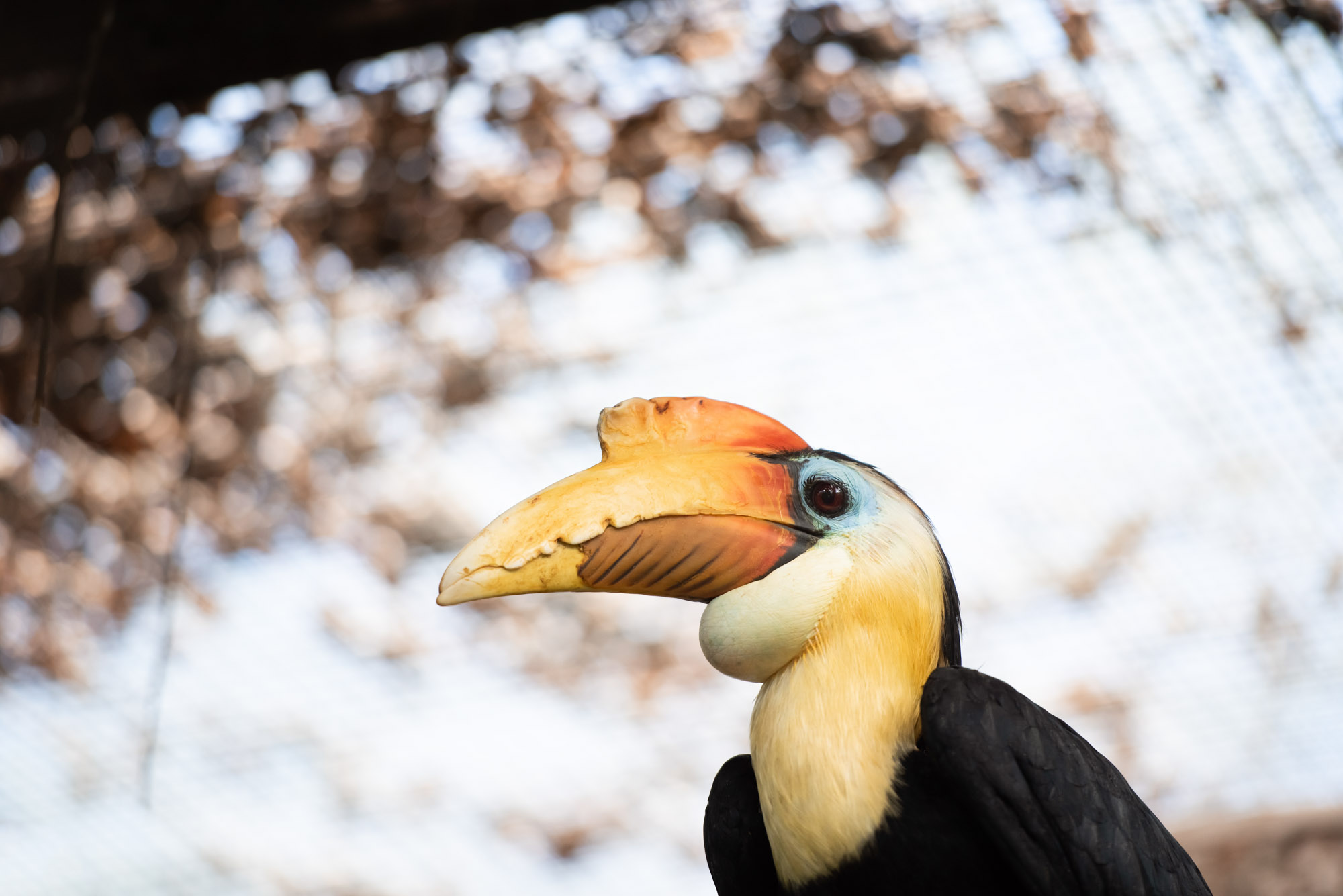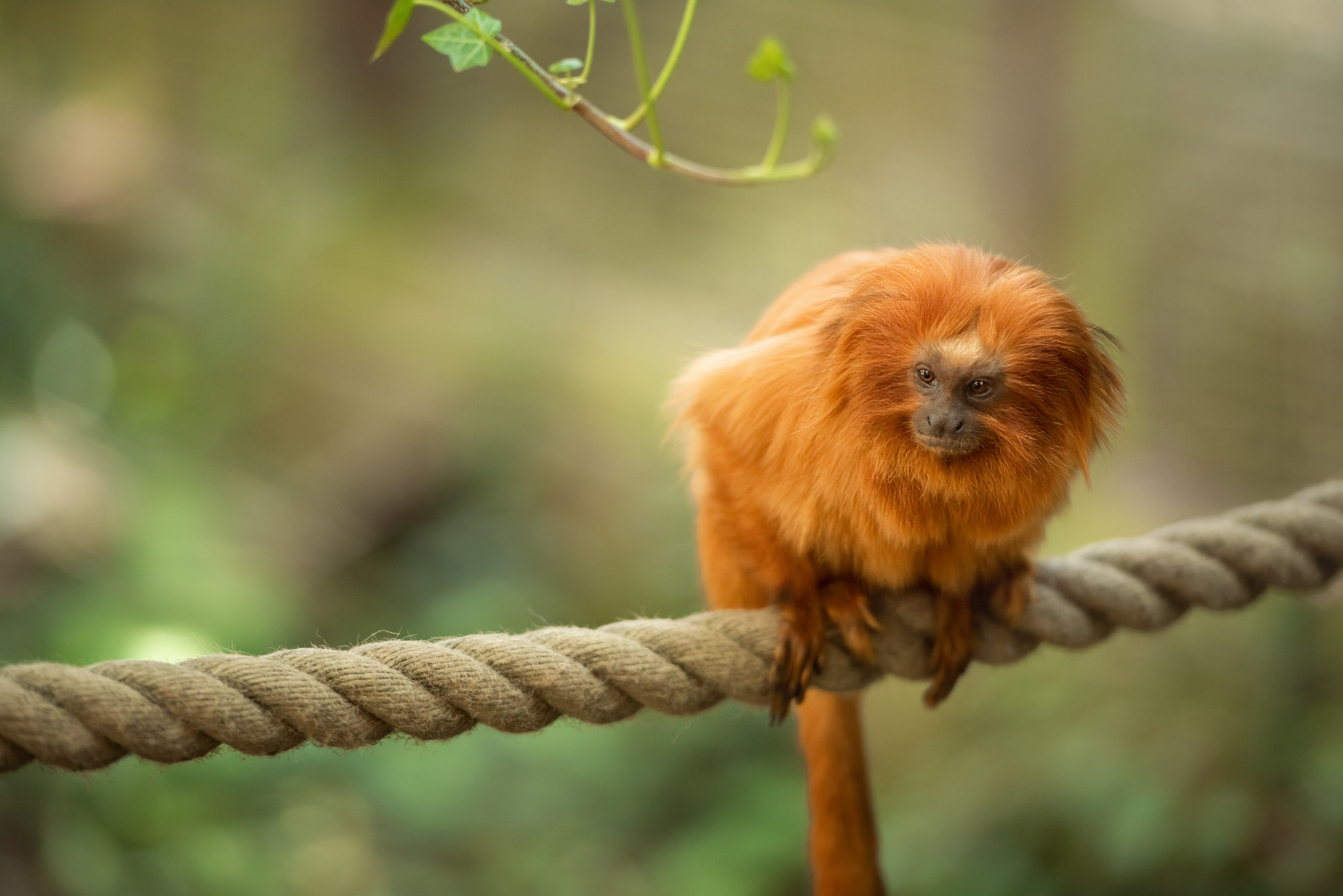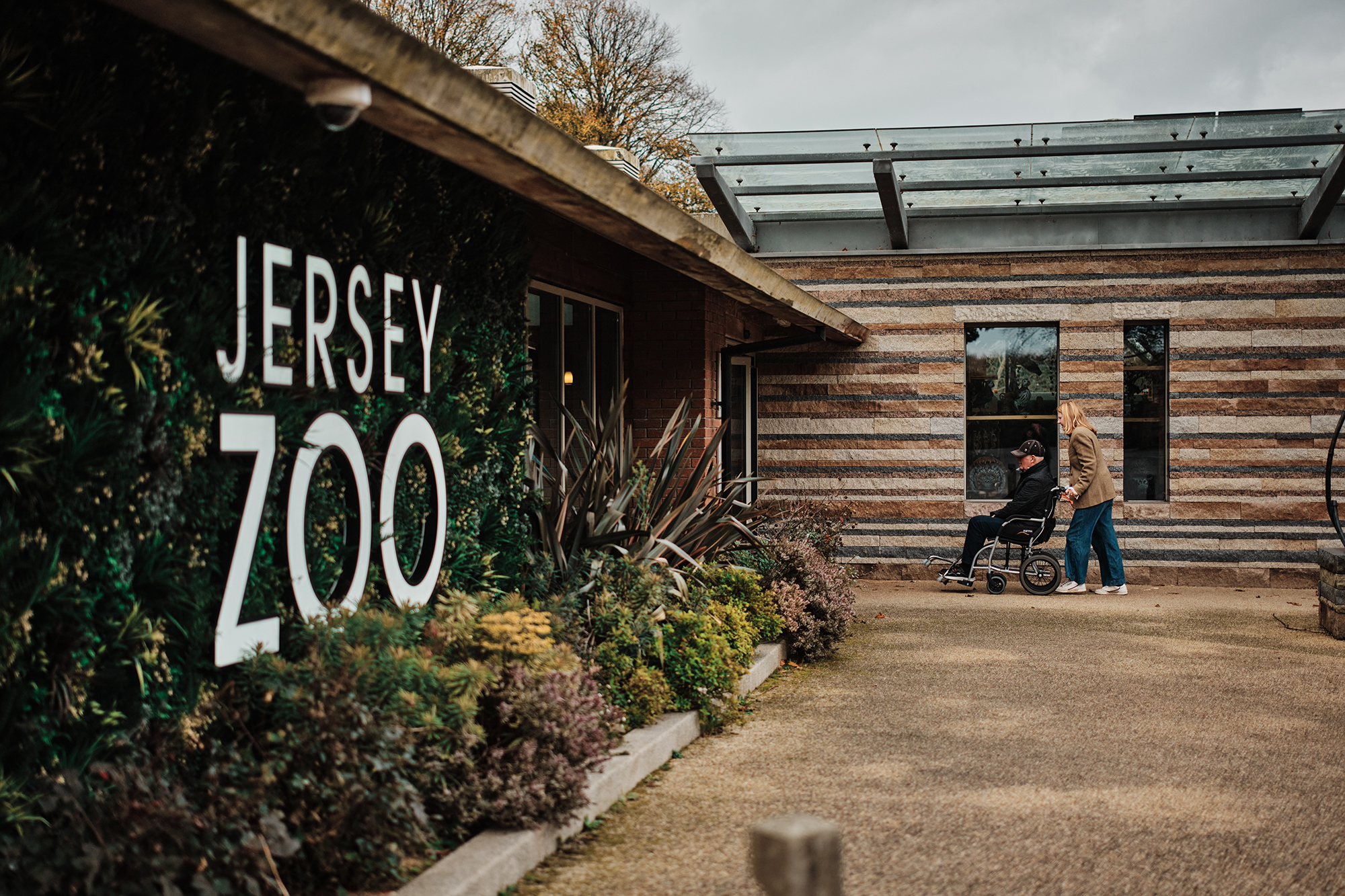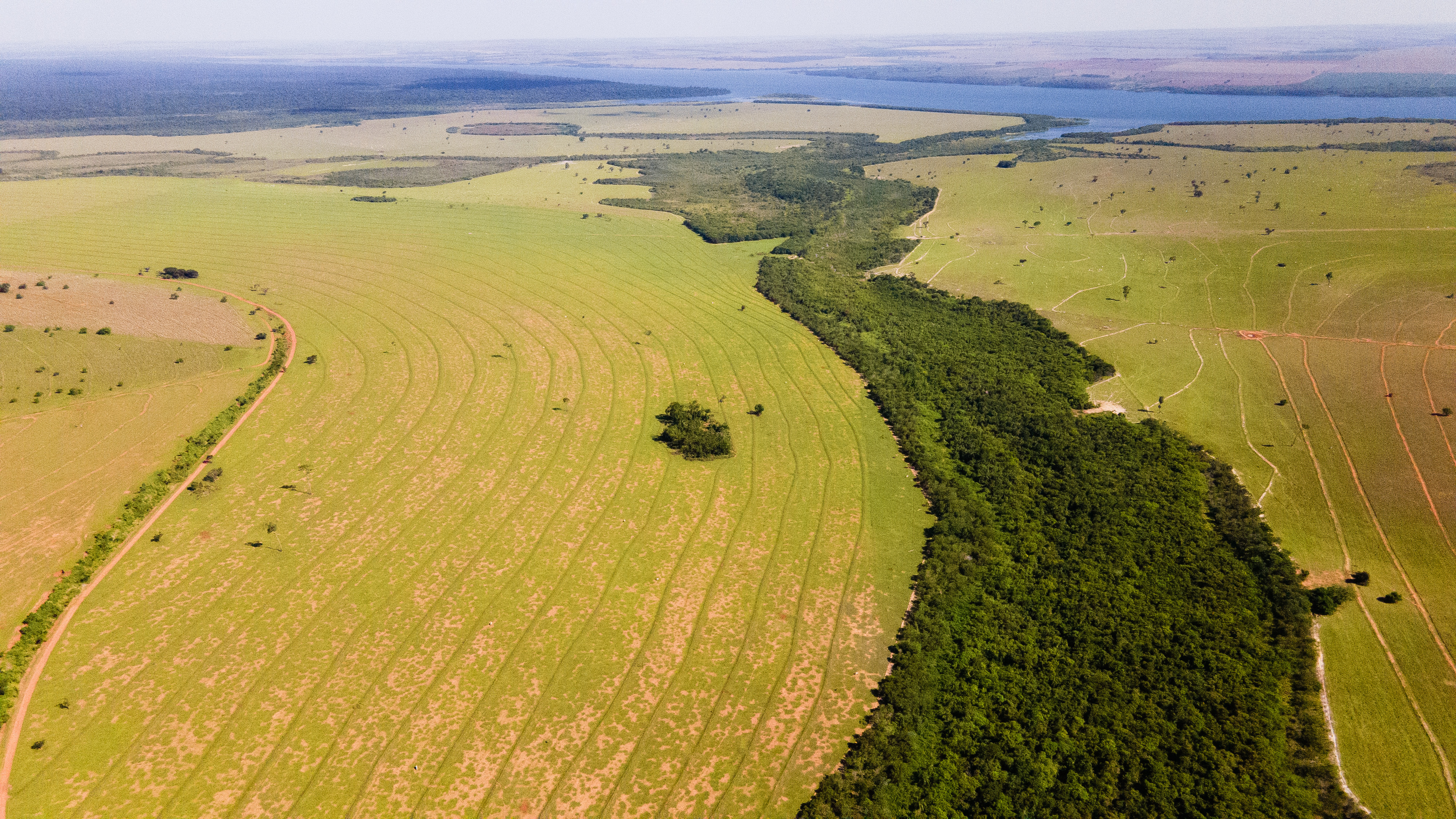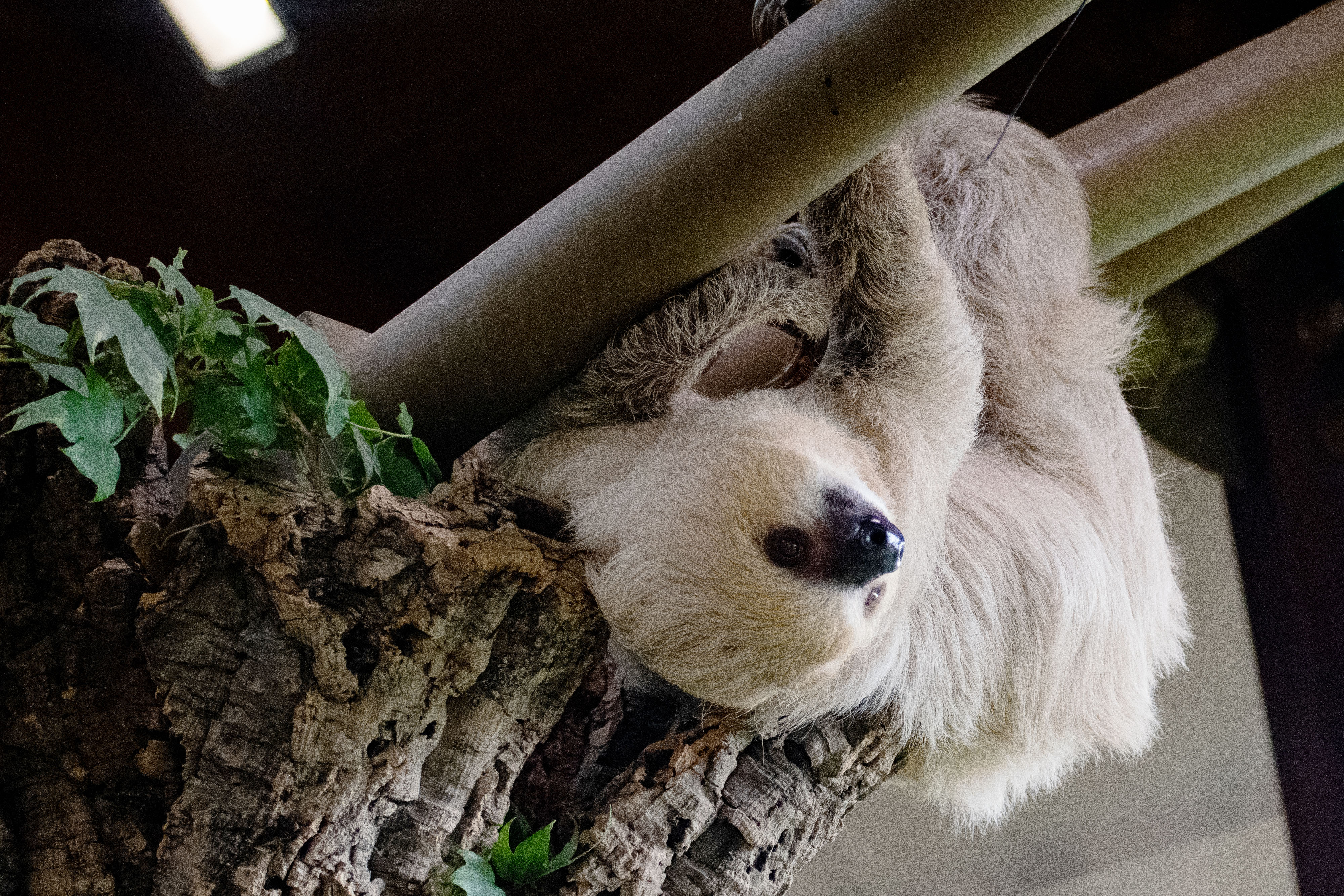Saving Lake Sofia
Sunday 2 February 2025
How we’re preventing the loss of decades of conservation work towards saving the world's rarest duck.
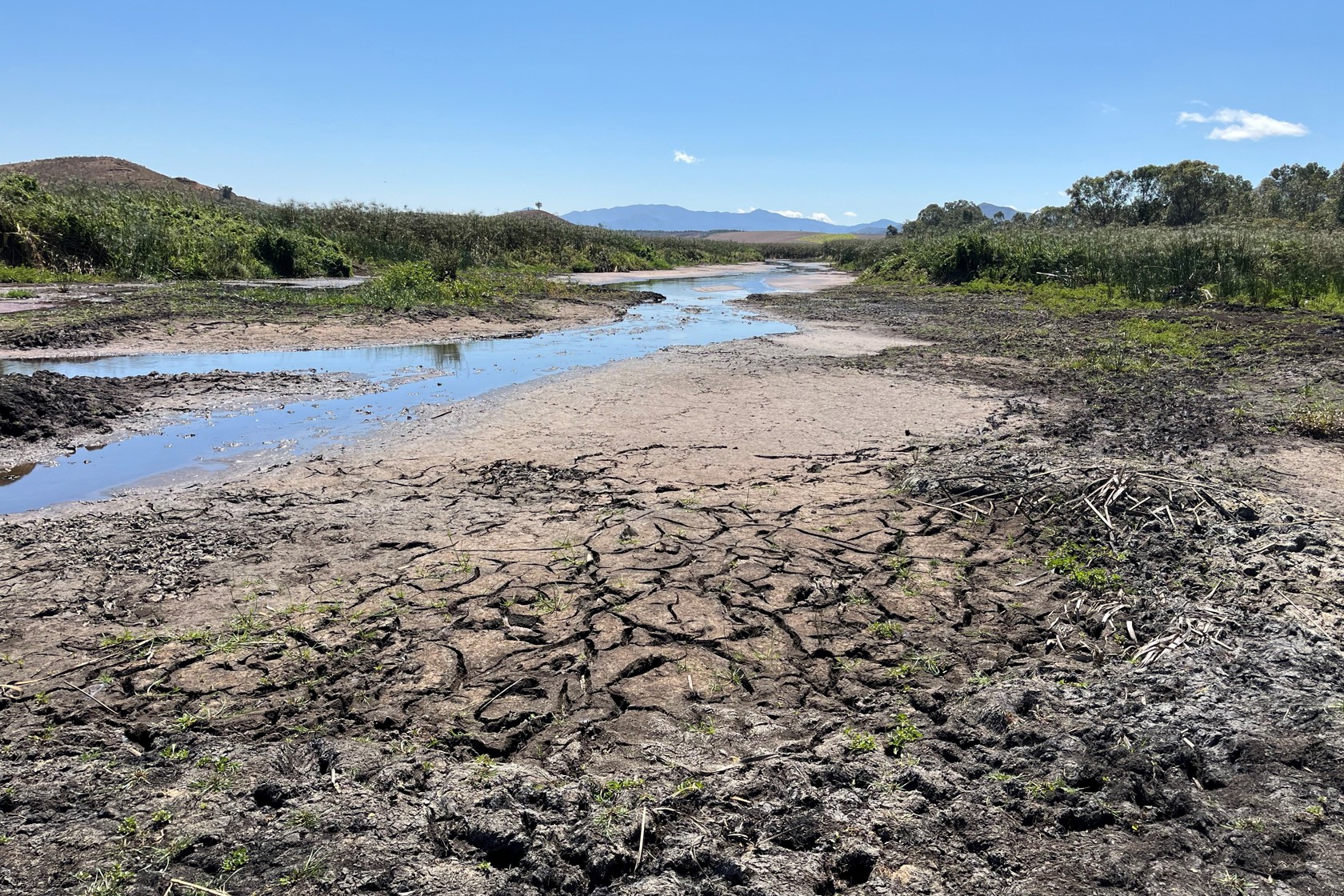
A vital freshwater lake in Madagascar, Lake Sofia had been drying up following a severe period of heavy rain earlier in 2024, which eroded a two-metre-wide channel to over 100 metres, causing the lake water to drain away. Shockingly, water levels reduced to 10%.
Home to around 60 Critically Endangered Madagascar pochards, Lake Sofia is the centre for Durrell's reintroduction work for this species. The Madagascar pochard was thought to be extinct for 15 years before a population was found living on a remote lake in 2006. Through Durrell’s successful conservation breeding programme, which was established in partnership with WWT, Government of Madagascar, Asity Madagascar, and The Peregrine Fund, the known population has increased from 26 birds to approximately 119.
As the water drained, these diving ducks were at risk. With Lake Sofia's water levels so low and an increasing inability to feed properly, there was a risk that the birds would leave to look for other wetlands that wouldn’t be suitable for sustaining them, and they would likely die.
Local communities were very concerned about what was happening with the lake and discussed the situation directly with the Durrell team on-site. 10,000 people depend on the lake for their livelihoods, and water supply at local wells was an issue.
Thanks to partners, donors, and local communities, action is being taken to save the lake. Durrell, Wildfowl & Wetlands Trust (WWT), local communities and the Madagascar government created plans to prevent further water loss by building a dam. The work is currently underway, with the main bulk of the dam soon to be finished and smaller outstanding work to continue once the rainy season has finished.
The dam has been backfilled, and the team working on it has started adding anti-erosion riprap. Two end channels for irrigation downstream are 75% complete, and the main spillway is now at the concreting stage.
Already, these actions have had a positive impact on the lake. Water levels have risen by two metres at the point on the lake where we have been consistently measuring from, with just another one metre to go. There is now water over the entire original surface of the lake, which is incredible progress given how much the lake had shrunk after draining. This is great news for the pochards. Whilst the photos show many reeds covering where lake water was originally, eventually the mud will loosen due to increasing water levels and the reeds will rise and float and be used by the ducks to nest on.
This work was enabled through a small number of key private supporters and our partnership with Oppenheimer Generations Research & Conservation.

